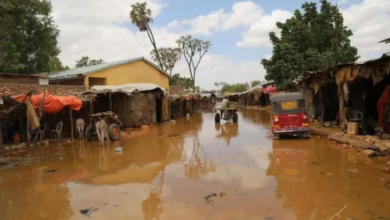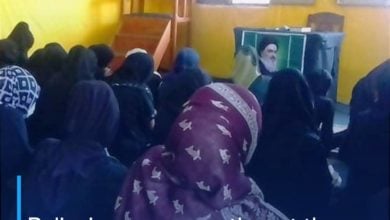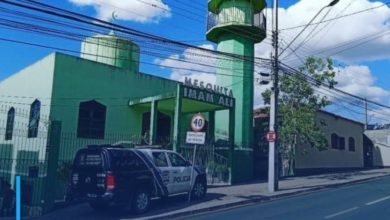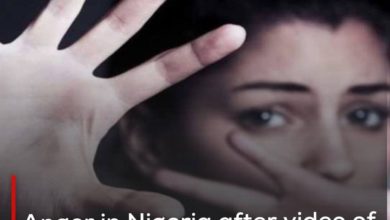Humanitarian Crises Mount Across Africa: Massacres, Refugee Influx, and Severe Drought
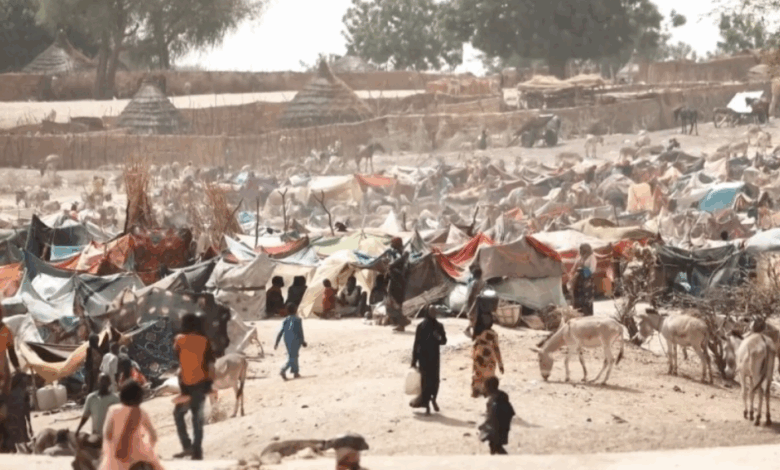
A recent attack on Sudan’s Zamzam refugee camp, carried out by the paramilitary Rapid Support Forces (RSF) between April 11 and 14, is being investigated as one of the country’s largest war crimes. According to reports, more than 1,500 civilians were killed in the assault, which involved mass executions and large-scale abductions, primarily targeting non-Arab communities. Hundreds of civilians remain unaccounted for, and survivors have reported widespread looting and sexual violence. The United Nations had previously confirmed “hundreds” of deaths, while a peace conference for Sudan was underway in London at the time of the attack.
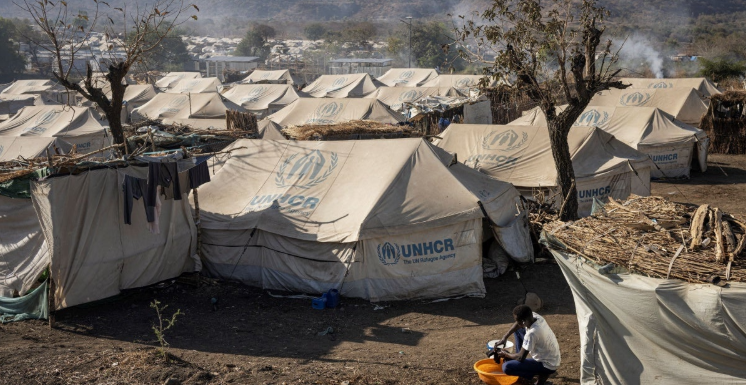
The Ituri province of the Democratic Republic of Congo is grappling with a massive influx of South Sudanese refugees. Over 33,000 people have fled intensifying violence in South Sudan since April, enduring horrific acts of violence, including sexual assault and killings, on their journey to safety. The refugees have arrived with nothing and are facing severe living conditions, with many children suffering from severe malnutrition. In response, Médecins Sans Frontières (MSF) has launched an emergency intervention, providing medical care and infrastructure support, but is struggling with limited resources as more refugees continue to arrive.
A severe drought is impacting hundreds of thousands of people in central and northern Somalia. A UN Food and Agriculture Organization analysis indicates that over 880,000 people across 16 districts are living in severely affected areas. The situation is worsening as water wells have dried up and more than 160 boreholes have ceased to function. The humanitarian response is facing challenges due to recent funding cuts, with the Somalia Humanitarian Needs and Response Plan, which requires $1.4 billion, being only 17 percent funded.


